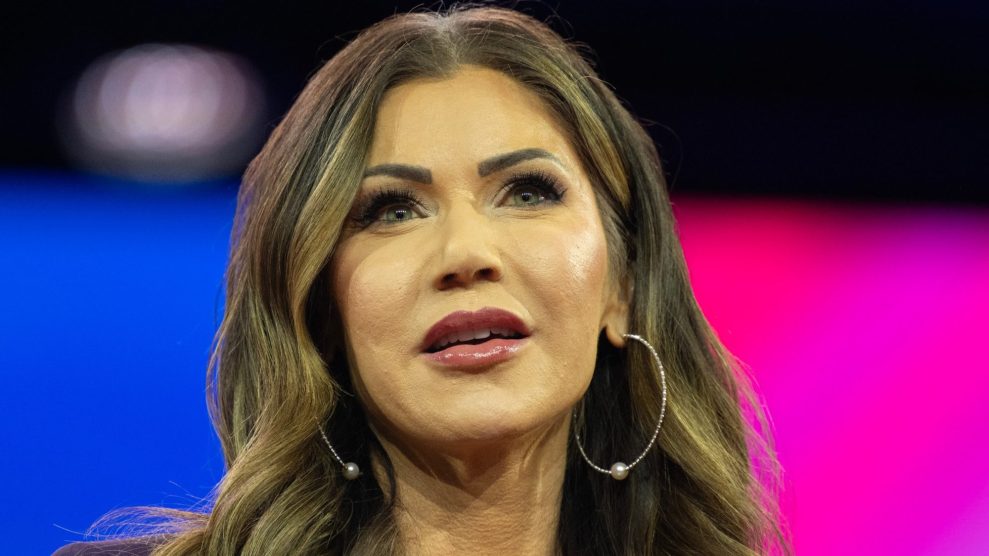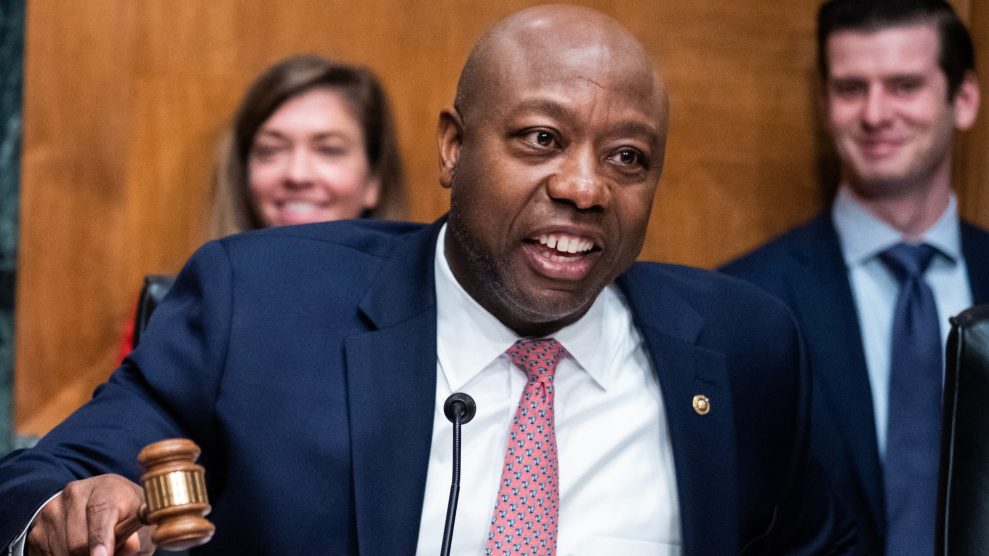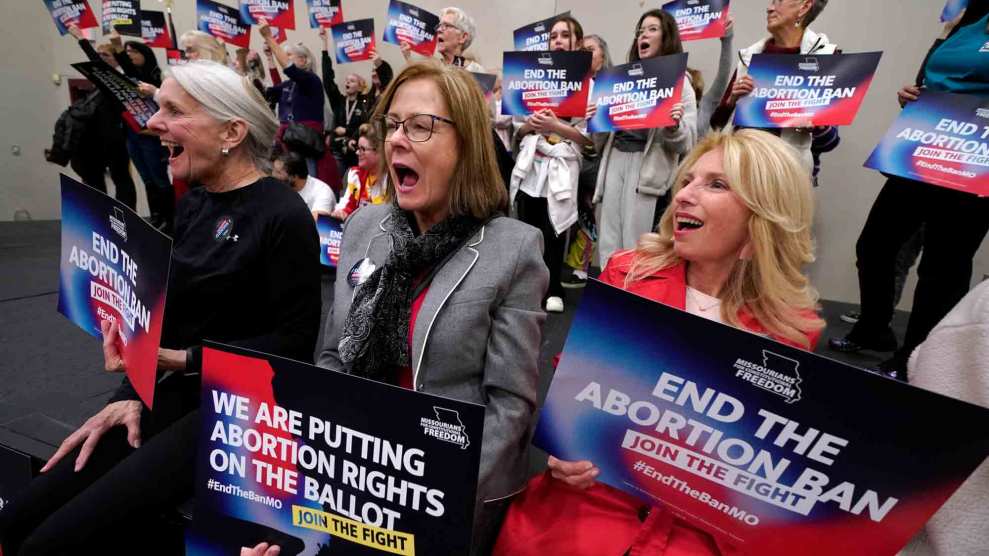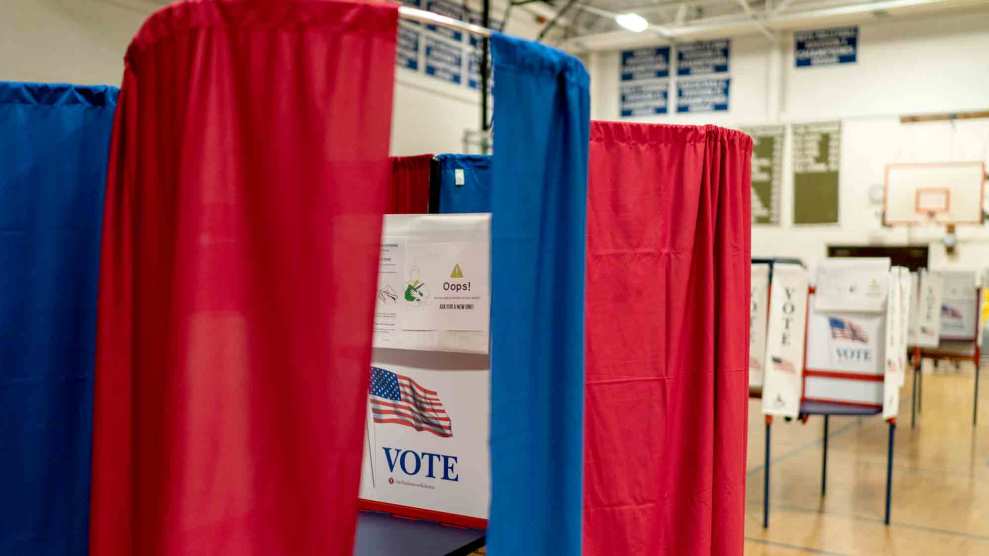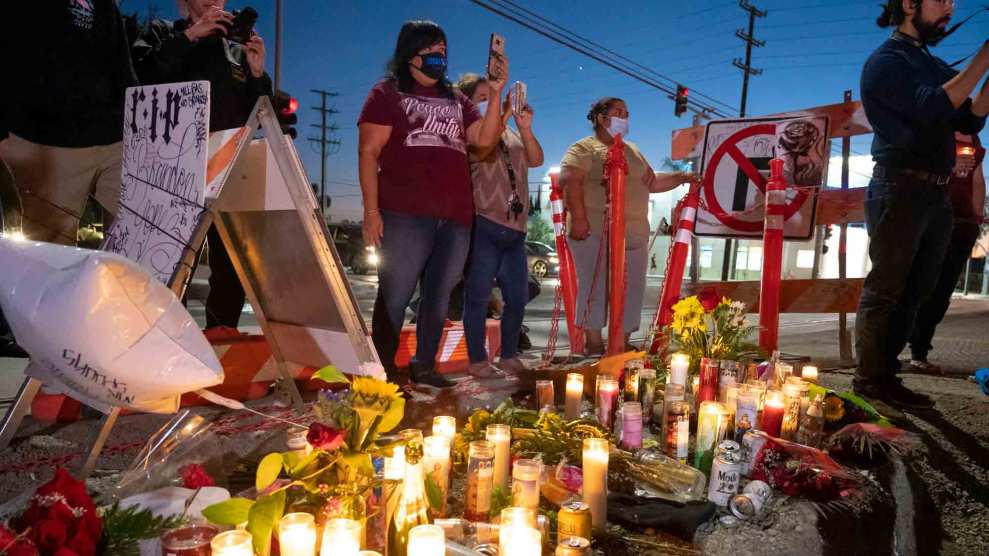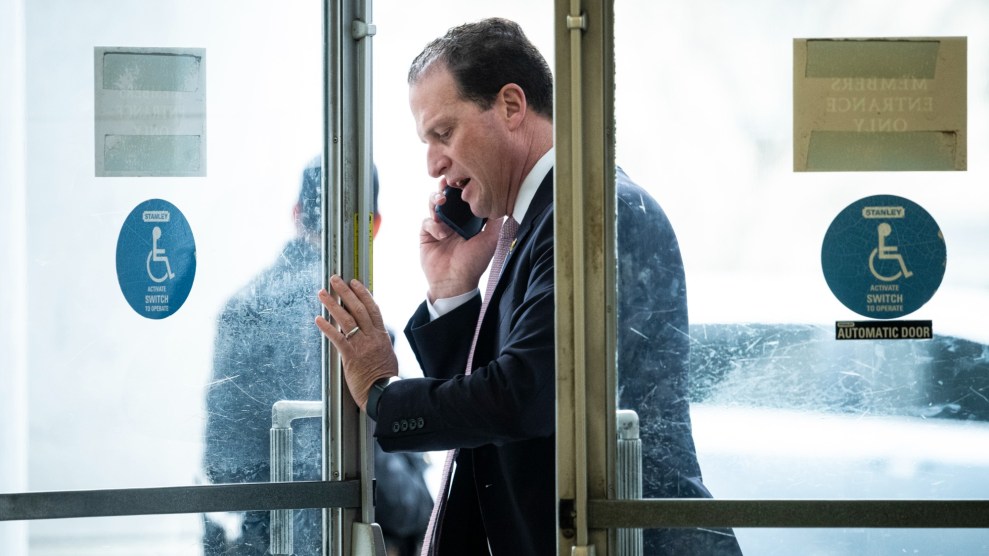There is no country in the industrial world with as great an income disparity between the rich and poor as the United States. And within the US, there is no state where the disparity is more pronounced than New York. New York City was the center of the Great Recession, and today unemployment there stands at 9 percent and is not expected to drop any time soon. At the same time, the financial sector that caused it all has recovered nicely, and the executives are pulling down salaries and perks larger than they did before the recession.
In the midst of all this gross inequality, New York’s millionaires are getting a tax break, thanks to the state’s new Democratic governor, Andrew Cuomo. Son of liberal ex-governor Mario Cuomo, inheritor of some of the enthusiasm that once surrounded Eliot Spitzer’s campaign, and successor to the weak stand-in David Paterson, Cuomo was elected on a wave of optimism. He even ran on the line of the Working Families Party, an increasingly important progressive player in state politics. Yet Andrew Cuomo has turned out to be just another craven neoliberal. In his most meaningful action to date, he has embraced a budget that would make any Bushite salivate.
In a deal this past weekend, the governor and legislative leaders agreed upon a $132.5 million budget that cuts state spending by 2 percent, largely on the backs of the poor and the sick, women, children, the elderly, and other beneficiaries of state services. It offers next to nothing to the struggling middle class. But for the well-heeled denizens of Wall Street and beyond, there’s a promised end to the so-called millionaire’s tax passed at the height of the recession. This privileged group has already received a massive boost from the federal government in the form of the financial industry bailout, followed by the extension of the Bush tax cuts. Now they’ll receive an extra gift from the state.
The non-partisan Fiscal Policy Institute provides a picture of the dire circumstances of New York’s less favored classes:
- Unemployment averaged 811,000 in 2010, up 90 percent compared to 2007. A total of 1.3 million are either unemployed, discouraged and have dropped out of the labor force, or are under-employed (working part-time but who want and need full-time work).
- Food stamp rolls statewide have increased by one million, a 60 percent increase, over the past three years.
- One million New Yorkers lost employer-provided health insurance in 2009, five percent of the state’s population.
- Medicaid rolls have grown by 18 percent in the last three years, with a 25 percent increase outside of New York City. Four of every ten New York children rely on Medicaid for health coverage.
- New York State’s poverty rate increased from 14.2 to 15.8 percent in 2009, the greatest single-year increase in the past 30 years except for 1991. This means that the number of New Yorkers in poverty rose from 2.7 million to over 3 million in 2009.
It was in response to such trends that New York instituted a personal income tax surcharge on top earners. Before the surcharge was instituted, the highest tax rate, for all income over $40,000, was 6.85 percent. The surcharge added another 1 percent to earnings over $200,000 for individuals and $300,000 for families. The Democratic-led New York State Assembly had the votes and the will to extend the surcharge, but not so the Senate—and with Andrew Cuomo’s opposition, the tax was DOA.
The surcharge already runs through December 31, 2011 before it expires, so according to the Fiscal Policy Institute, it would increase the state’s revenues by about $1 billion for the coming state fiscal year, which begins on April 1, 2011 and runs through March. “But extending the surcharge for 2012 and 2013 would add at least $5 billion in the state’s fiscal year 2012-2013,” the Institute reports, “and would be an important counterweight to the additional cuts in essential services that would be necessary that year if the economic recovery does not accelerate and the states’ revenue systems do not rebound.” In the Institute’s analysis:
New York should continue the personal income tax (PIT) surcharge since unemployment remains very high in New York and is projected to stay above 7 percent until 2014. By any standard, 7 percent unemployment is a recession in the labor market. Budget balancing actions concentrated on the cutting side will worsen unemployment and the adversity experienced by many families in a weak economy. New York needs a balanced approach to balancing the budget, one that looks also at the revenue side, and is not heavily concentrated on the cutting side.
Instead, New York’s new budget will only accelerate a longstanding trend toward income inequality. According to the Institute, “In 1990, the top five percent of tax filers in New York State had 30.9 percent of all income; by 2007 the top five percent had just shy of half of all income in the state, 49.4 percent. At the same time, the income share of the bottom half went from 13.9 percent in 1990 to just 9.1 percent in 2007.”
In a letter to Cuomo and the state Democratic Party, some 40 elected Democrats from around the state expressed their displeasure:
The Governor would slash health care spending, eliminating prescription drug coverage for two thirds of our seniors through the EPIC program, a program which so many seniors rely on. At the same time the Governor is taking these and other drastic actions, he wants to give the richest three percent of New Yorkers a massive tax break by allowing the expiration of the “Millionaire’s Tax”, a tax that would generate $5 billion annually. According to the Governor, this is what it means to be a “new Democrat.” According to the Governor, this is the path to becoming “the most progressive state in the nation.”
“If the new Democratic Party is acting like conservative Republicans,” New YorkCity Councilman Robert Jackson told the AP, “I don’t want any part of it.”
